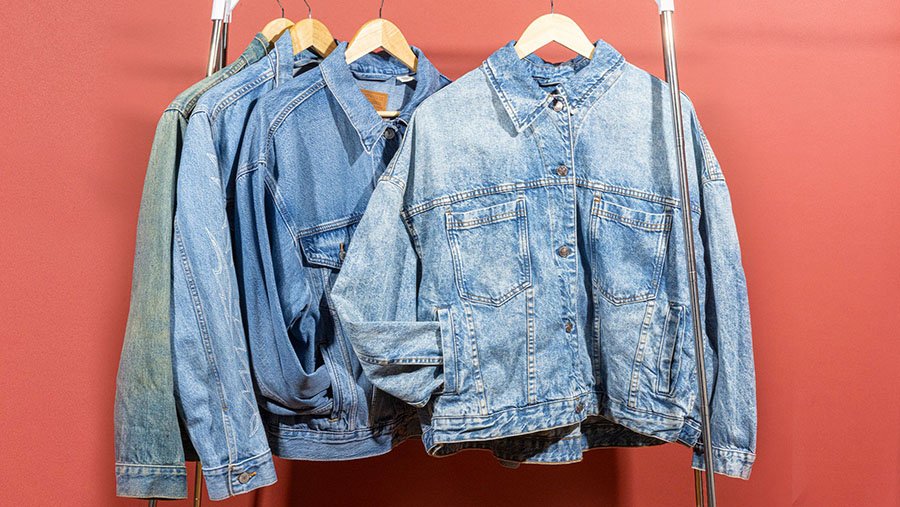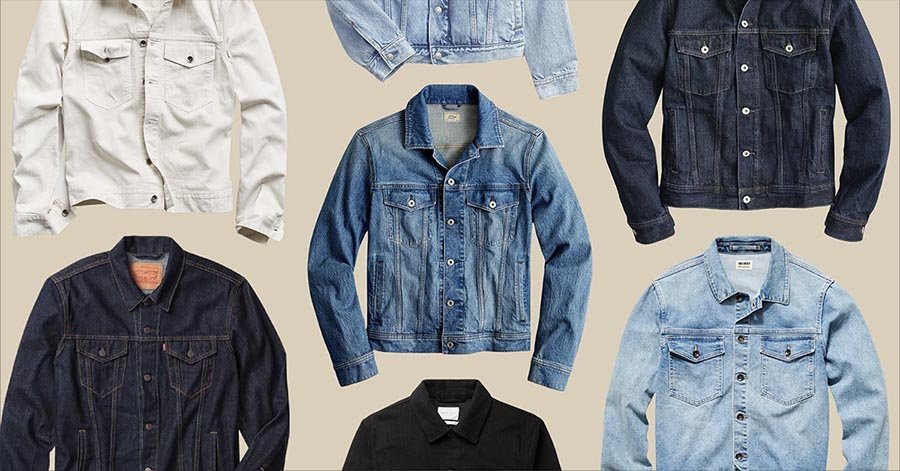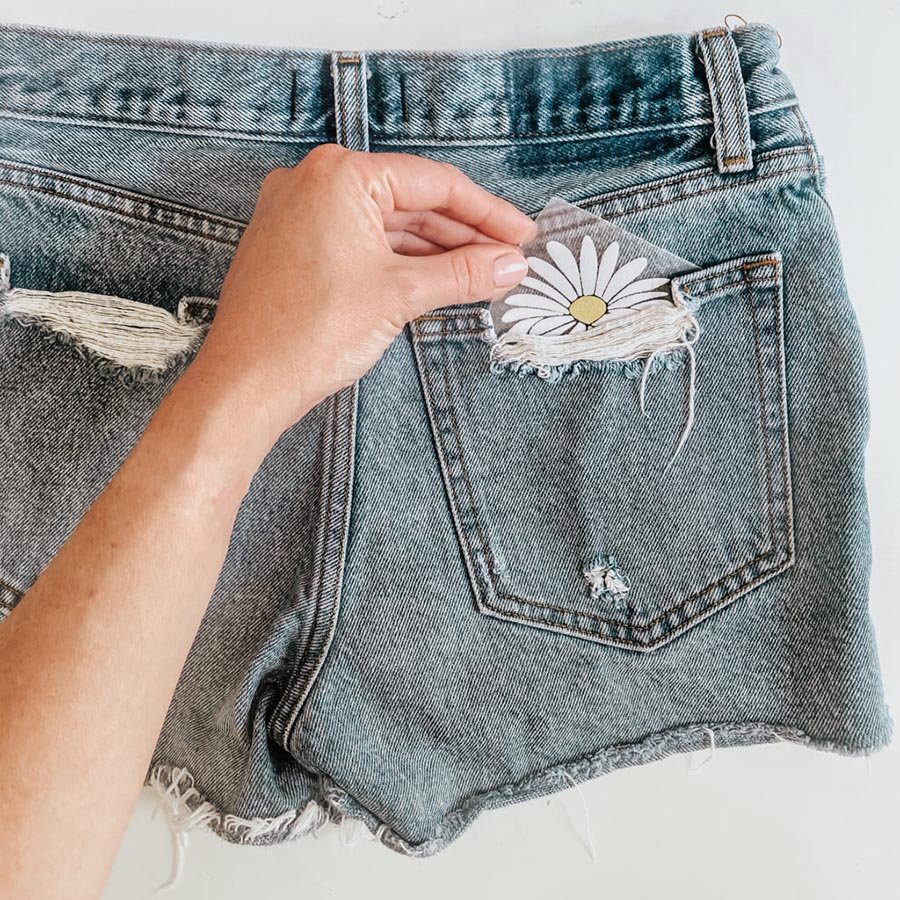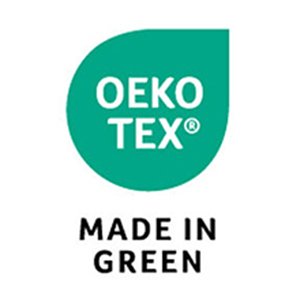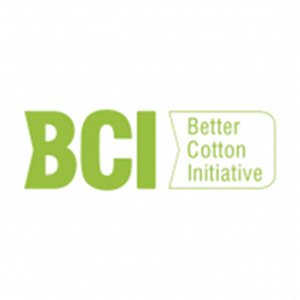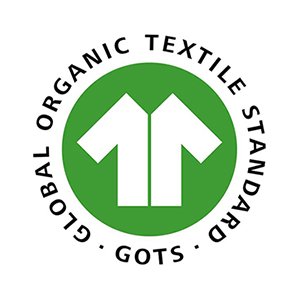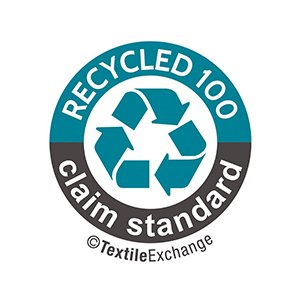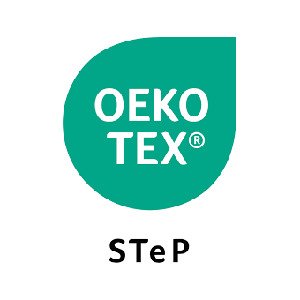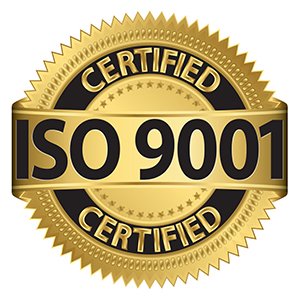Every client wants denim that lasts, looks stylish, and represents their brand well.
But in a crowded market, how do you identify jeans that are truly high quality?
At Jeanzio, we help fashion businesses and brands make smarter sourcing choices.
You can find good quality jeans by evaluating denim fabric composition, weight, weave, dyeing, construction details, and finishing techniques. Also consider sustainability credentials and supplier reliability. Premium jeans balance durability, comfort, and authentic style.
Learning how to check quality ensures brands deliver products consumers trust.
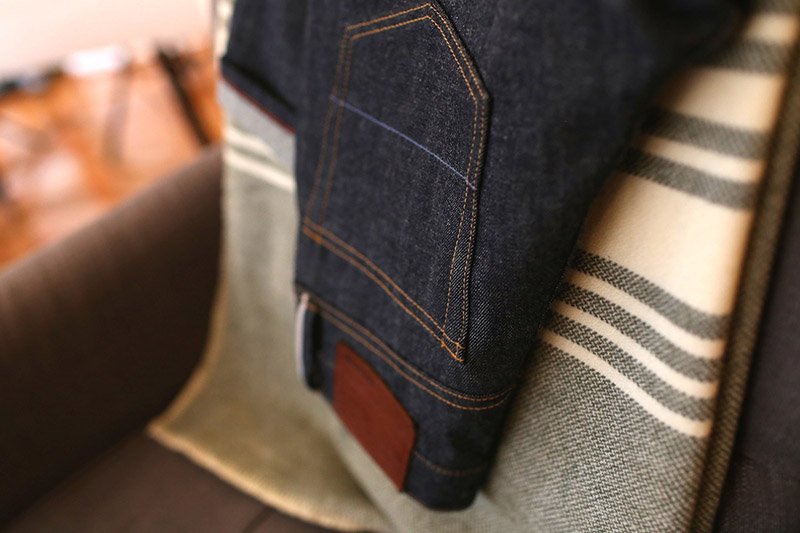
Why does fabric composition define jean quality?
The foundation starts with fibers.
Most high-quality jeans are made with 100% cotton or cotton-rich blends, while poor-quality jeans often rely on weak synthetic fabrics.
Common Options
- 100% Cotton → Durable, authentic, breathable.
- Cotton + Elastane → Stretch comfort, but may lose shape.
- Cotton + Polyester → Shape retention and wrinkle resistance.
- Organic/Recycled Cotton → Eco-friendly, premium positioning.
Our Insight
At Jeanzio, we match fiber selection to client priorities, from heritage durability to eco certifications.

How does denim weight influence quality?
Weight signals strength.
Denim is measured in ounces per square yard (oz/yd²). Lightweight jeans are soft but less durable, while heavyweight jeans last longer.
Denim Weight Guide
| Weight Range | Traits | Market Use |
|---|---|---|
| 8–10 oz | Lightweight, soft | Summer fashion, women’s |
| 11–13 oz | Balanced durability & comfort | Everyday jeans, mass market |
| 14–16 oz | Heavy, very durable | Heritage, raw denim fans |
Our Insight
We guide clients toward 11–13 oz fabrics for versatile everyday jeans.
Why does weaving technique matter?
The weave creates denim identity.
High-quality denim uses tight twill weaves like right-hand twill or selvedge, which improve durability and fade beautifully.
Weave Types
- Right-hand twill → Sharp fades, strong structure.
- Left-hand twill → Softer hand feel, smoother wear.
- Broken twill → Prevents fabric twisting.
- Selvedge → Premium, tightly woven edges.
Our Insight
We recommend selvedge denim for premium or limited-edition collections.
How does dyeing affect jean quality?
Indigo makes the difference.
Good jeans use rope dyeing or ring dyeing, where indigo coats only the yarn’s surface, allowing natural fading. Cheaper jeans use piece dyeing, which looks flat.
Dye Methods
- Rope dyeing → Rich indigo, high-contrast fades.
- Ring dyeing → Strong fading character.
- Piece dyeing → Uniform color, less fading.
- Natural indigo → Eco-premium option.
Our Insight
At Jeanzio, we work with mills that use rope dyeing for authentic premium denim.

Why do stitching details reveal quality?
Seams tell the truth.
Good jeans feature strong seams, reinforced stress points, and even stitching, while cheap jeans often cut corners.
Quality Indicators
- Double or chain-stitched hems.
- Bar tacks on pocket corners.
- Flat-felled inseams.
- Core-spun polyester thread.
Our Insight
We conduct stitch durability tests to ensure jeans pass long-term wear standards.
How do finishing methods affect quality?
Washes can weaken or preserve.
Harsh bleach and stone washes damage fibers, while modern laser and ozone finishes create looks without sacrificing durability.
Wash Impact
- Rinse wash → Minimal damage, clean look.
- Stone wash → Softer feel, moderate weakening.
- Bleach wash → Strong fiber breakdown.
- Laser/Ozone → Eco-friendly, durable finish.
Our Insight
We recommend eco-finishing technologies to balance style with garment strength.
Why does sustainability link to jean quality?
Today’s quality includes responsibility.
High-quality jeans are now defined by sustainable sourcing and production, as consumers demand eco-conscious products.
Sustainable Materials
- Organic cotton.
- Recycled polyester and elastane.
- Eco-friendly indigo dyeing.
- Low-impact washing methods.
Our Insight
At Jeanzio, we support clients with GOTS, OEKO-TEX, and BCI certified sourcing.
How do trims and hardware affect jean quality?
Small details, big difference.
Buttons, zippers, and rivets define usability. Low-quality trims can ruin even premium fabrics.
Key Considerations
- Metal zippers that don’t jam.
- Rivets that withstand stress.
- Strong tack buttons for waistbands.
- Durable pocket linings.
Our Insight
We test trims to match fabric strength, avoiding failures in bulk runs.
Why is supplier reliability part of quality?
Factories shape consistency.
Even the best materials can fail without precise workmanship and QC. Good suppliers ensure repeatable quality at scale.
Supplier Evaluation
- Certifications and audits.
- Transparent QC processes.
- Sample-to-bulk consistency.
- Sustainability compliance.
Our Insight
We provide clients with QC reporting and production transparency.
What should clients check when sourcing good quality jeans?
A systematic checklist ensures sourcing success.
Client Checklist
- Confirm fiber content and weight.
- Review weave and dye method.
- Inspect seam strength and thread type.
- Evaluate trims and hardware.
- Check supplier certifications and eco standards.
At Jeanzio
We help clients evaluate denim from sampling through bulk production for quality assurance.
Conclusion
You can find good quality jeans by checking fabric composition, weight, weave, dyeing, stitching, finishing, trims, and supplier reliability.
True quality combines durability with sustainability and branding.
At Jeanzio, we guide clients in sourcing denim that delivers strength, authenticity, and market value, helping their collections stand out.


